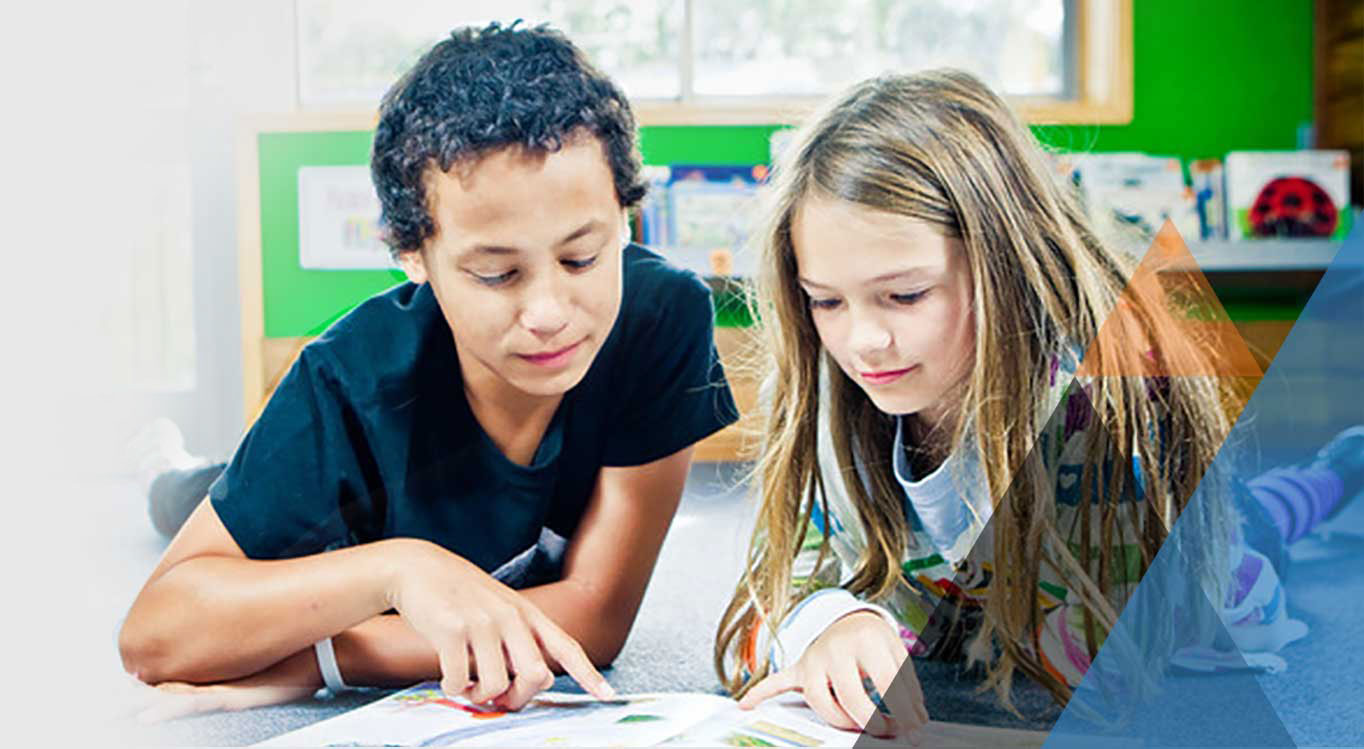
The Learning Progression Frameworks (LPFs)
Understanding Progress
The Learning Progression Frameworks (LPFs):
Understanding Progress
The Learning Progression Frameworks (LPFs): Understanding Progress
Why would I use the reading framework?
The reading framework prompts you to consider the different aspects of reading that should be taken into account when you’re thinking about how well a student is reading.
Reading is a purposeful, complex, meaning-making activity that is the foundation for all successful learning. Students’ reading should always be carried out in authentic contexts.
In every area of the curriculum, students learn best when they are given the opportunity to engage in rich learning tasks. They almost always need to use their reading to do this.
 Students need the knowledge and skills to be able to process, understand, and think critically about different types of texts, either in print or online. The first four aspects of the reading framework focus on this set of knowledge and skills.
Students need the knowledge and skills to be able to process, understand, and think critically about different types of texts, either in print or online. The first four aspects of the reading framework focus on this set of knowledge and skills.
The next three aspects of the reading framework provide illustrations from across the curriculum to show how students use their reading. At the higher end of the framework, the progressions highlight the subject-specific reading expertise that students need for English, science, and social-science tasks.
The progressions in the reading framework set out the significant steps that students take as they develop their expertise in all aspects of reading.
All students will need to move past the same signposts as they develop their reading expertise, although they might take different amounts of time and follow slightly different pathways in between these signposts.
The reading framework, with its signposts for each aspect, provides a big-picture map to help you understand what progress looks like. It illustrates this progress by showing how students respond when texts become more complex and the tasks get more challenging.
How can the reading framework help me?
Being familiar with the reading progressions helps you to plan your classroom programme. It helps you to see where your students are and where they need to go.
The annotated illustrations help you to identify your students’ current, reading-related knowledge and skills. The descriptions for each step show you where your students are headed. You can use this understanding to plan the particular programme that will support them to get to the next signpost.
The reading framework prompts you to think about the opportunities you’re providing for students to strengthen their reading in different curriculum contexts.
The framework’s illustrations suggest ways you can provide opportunities for students to read for different purposes in different contexts. By highlighting how the texts and tasks in these contexts become more subject specific, the framework helps you focus on the particular knowledge and skills your students need.
The sets of illustrations that have been developed for years 9 and 10 English, science, and social-science teachers will give you a better understanding of the specialised reading expertise that will support your students to become successful learners.